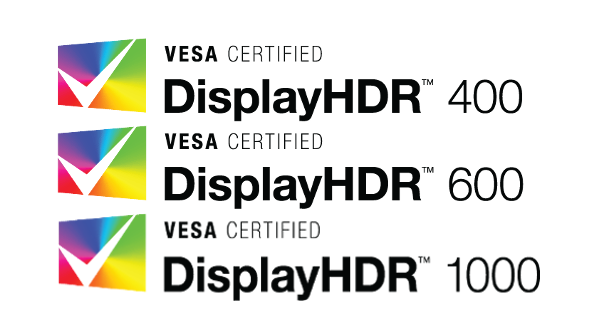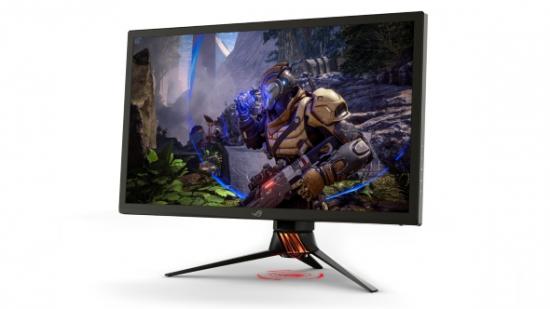High Dynamic Range, or HDR as it is more commonly known, has been the talk of the town for the past year. The problem with HDR, however, wasn’t intrinsic to the tech, but rather to the standardisation of what actually qualifies as HDR – it was never abundantly clear what a HDR panel was really capable of. Who standardises the standards then? VESA, apparently.
Want the best gaming monitor the world has to offer? Look no further.
HDR10, Dell HDR, Dolby Vision… it often takes a dive into the spec sheet to see whether a potential panel is capable of full-HDR content and showing off the luminance that hooked you on HDR in the first place. You aren’t even experiencing the full depth of HDR at all with the carefully named Dell variant. The industry is in need of a benevolent ruler to keep things in check, and the Video Electronics Standards Association are planning a coup.
Known for their mounting solution found on the back of most monitors, VESA are trying to spring clean HDR specs with their DisplayHDR standard, aimed at the growing HDR PC monitor market. The standard will arrive in three flavours at first: 400, 600, and 1000.
Each tier represents set-in-stone rules for HDR-capability, starting with the lowest-tier DisplayHDR 400, which is only a small step up from the best SDR screens. Peak luminance is represented right in the name of every tier, but the VESA standard goes beyond simply luminance ratings, and into support for: 10-bit image processing on all tiers; high contrast ratios, at 0.40, 0.10, and 0.05, respectively (that will likely require local dimming for 600 and 1000); eight frame black-to-white luminance; and minimum colour gamuts.

VESA are planning to add more tiers as time goes on, as these standards inevitably become outdated by the latest panel tech. VESA also plan on expanding beyond LCDs entirely, and introducing the standard to OLED screens and other growing display tech. You can expect to see the DisplayHDR logo on all compliant devices, from PC monitors to TVs, in the new year – no doubt soon after CES 2018 has made the tech world salivate at all the latest panel goodies.
With HDR quickly taking precedent among TV panel manufacturers and on the rise among PC monitors, too, VESA are taking a step in the right direction with their DisplayHDR standard. With the likely support of the tech community as a whole – thanks to VESA’s automated testing tool and transparent approach – this new standard will hopefully alleviate some of the retail woes that accompany any new tech as it moves out of early adoption and into the mainstream. Let’s just hope some of our promised 4K, 144Hz, HDR, and G-sync monitors actually launch in time to make the most of the new standard.
